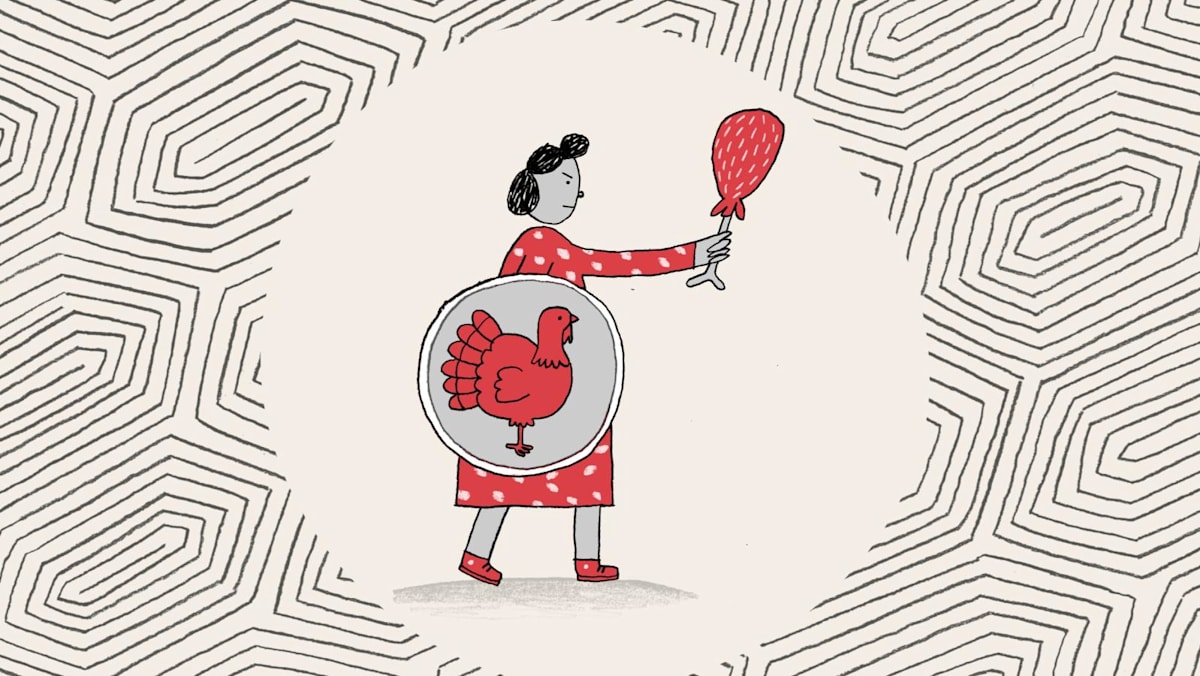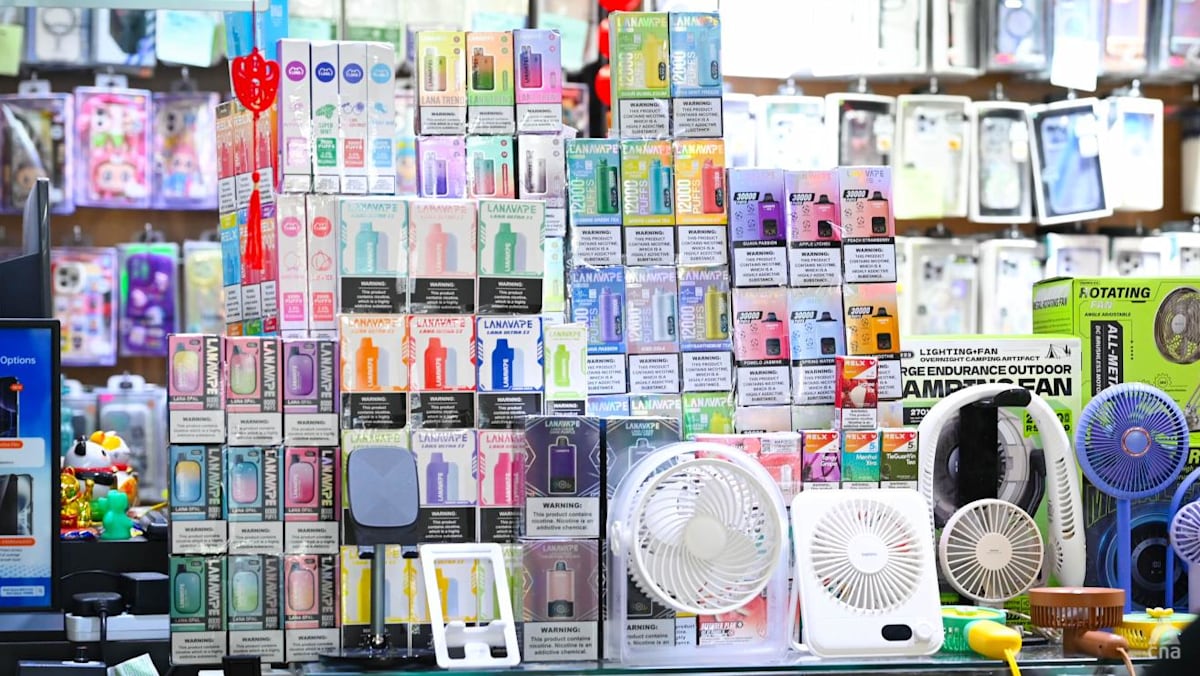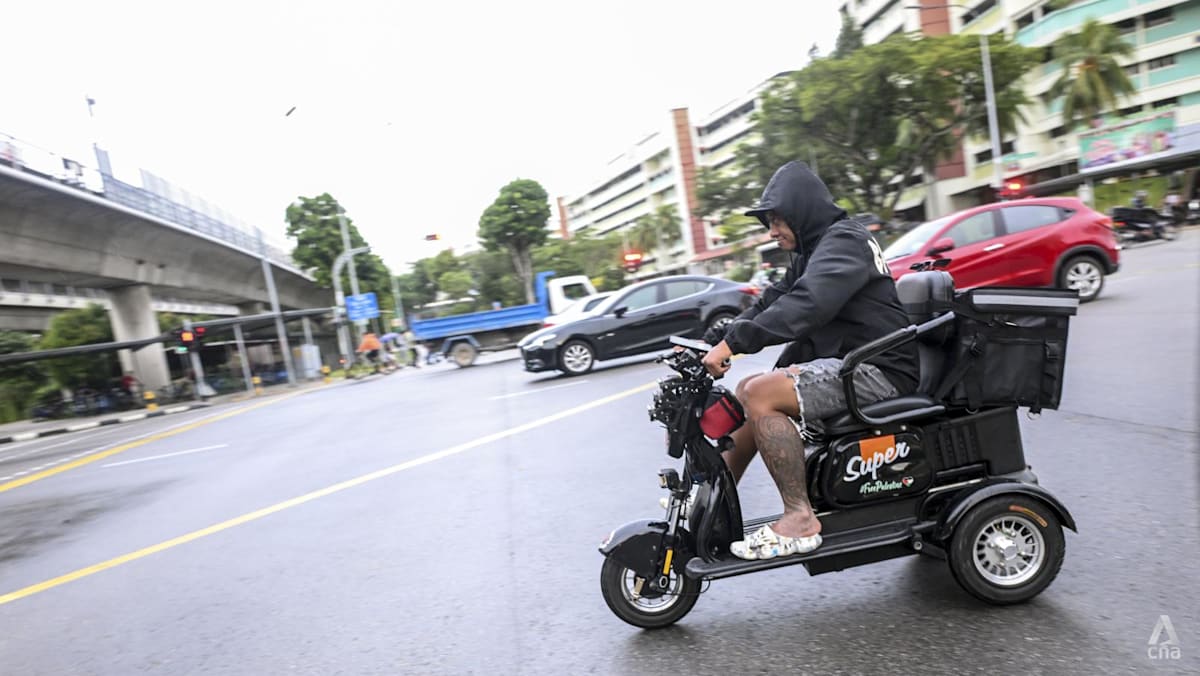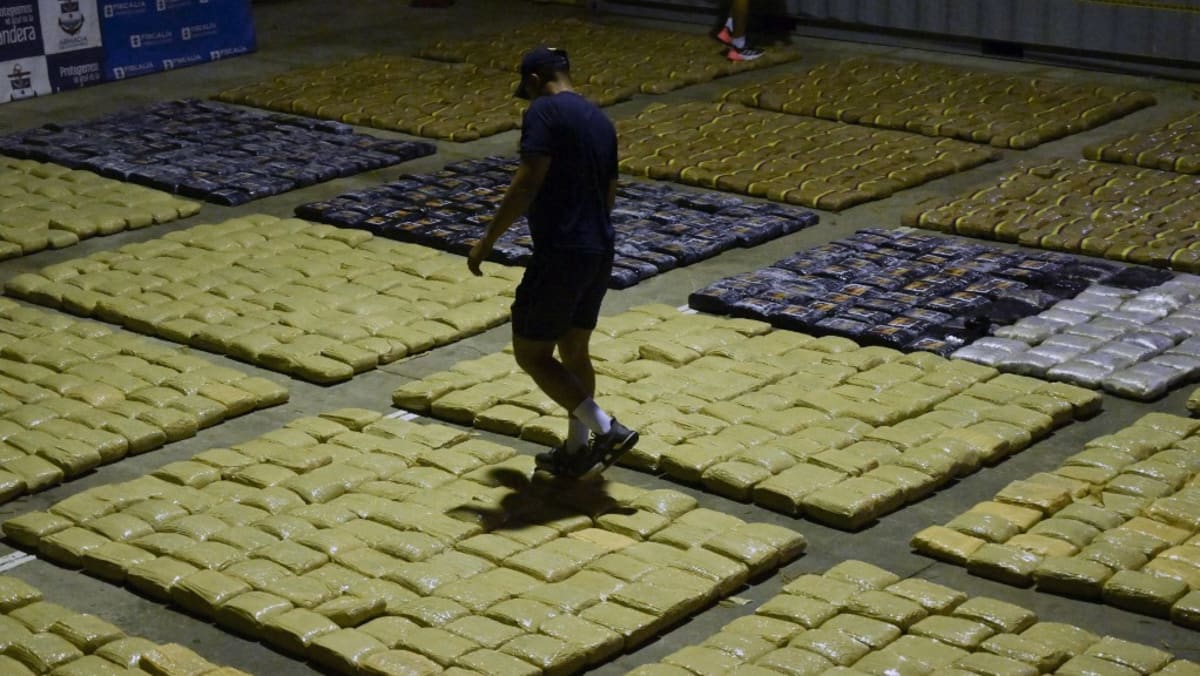SINGAPORE: Singapore will replace its "30 by 30" food sustainability goal with new targets for specific food types amid a move to refresh the country's food resilience strategy, said Minister for Sustainability and the Environment Grace Fu on Tuesday (Nov 4).
Speaking on the first day of the Asia-Pacific Agri-Food Innovation Summit, Ms Fu said that the goals will be for specific food categories that take into account the strengths of the local farming ecosystem as well as the potential for growth in supply.
"Six years ago, we embarked on the '30 by 30' vision for a grow local strategy to build food supply resilience. We acknowledged that this was a challenging aspiration given our small and undeveloped agri-food sector, our limited land resources and high operating cost environment," she said.
"Yet, building up local production was necessary to provide an assured and regenerative source of food during supply disruptions. Together with other pillars of our food strategy, it gives us more options and flexibility in times of need. Collectively, that was the Singapore Food Story strategy."
The new targets are for local farms to supply 20 per cent of the local consumption of fibre and 30 per cent of the local consumption of protein by 2035, said Ms Fu.
Items within the fibre category include fresh leafy and fruited vegetables, bean sprouts and mushrooms, while items within the protein category include eggs and seafood.
As of 2024, local consumption of Singapore-produced food items in the fibre category stands at 8 per cent and 26 per cent in the protein category.
The "30 by 30" goal – to be able to locally produce 30 per cent of Singapore's nutritional needs by 2030 – was set by authorities in 2019. However, there have been a number of setbacks to this over the years.
"Our local agri-food sector, like their peers in other countries, has faced headwinds – supply chain disruptions, inflationary pressures on energy and manpower costs, and a tougher financing environment. This has led to delays in farm development and some exits, even as we witnessed new start-ups," said Ms Fu.
"Another grow local segment, the alternative protein industry, has faced hurdles in scaling up due to higher production costs and weaker-than-expected consumer acceptance globally."
Singapore's refreshed food resilience strategy builds on the three aspects of the Singapore Food Story – the "30 by 30" vision, import diversification and stockpiling.
Called "Singapore Food Story 2", it will also include a new pillar – global partnerships – which will be aimed at responding more effectively to the increasing interconnectedness in agri-food trade.
One example of this is the memorandum of cooperation on rice trade that Singapore and Vietnam signed on the sidelines of the Asia-Pacific Economic Cooperation (APEC) Economic Leaders' Week late last month.
The agreement will see Vietnam support the unimpeded export of a mutually agreed quantity of rice to Singapore on agreed terms when requested by the government.
"We can complement local production with other food strategies to achieve food resilience. We have reassessed our needs, our resources and our capabilities," said Ms Fu. "And with these considerations, we are expanding our portfolio of strategies."
MULTI-TENANTED FARM FACILITIES?
Earlier this year, a Singapore Food Agency (SFA) report said that the local production of vegetables and seafood continued to fall in 2024, while egg yields grew.
Vegetable production fell by about 3 per cent, while the figure for seafood dropped by 14 per cent in 2024. This was partly due to the "restructuring of a few fish farms in Singapore", SFA said in its Singapore Food Statistics report.
Last year, 3 per cent of vegetables consumed were grown in Singapore, down from 3.2 per cent in 2023 and 3.9 per cent in 2022. Local seafood farms contributed 6.1 per cent of total food consumption in 2024, down from 7.3 per cent in 2023 and 7.6 per cent in 2022.
The number of farms also fell. In 2024, there were 153 farms on land, three fewer than the year before. There were 72 sea-based farms, a drop from the figure of 98 in 2023.
Singapore's three egg farms produced 34.4 per cent of all eggs consumed in Singapore in 2024. This is up from 31.9 per cent in 2023 and 28.9 per cent in 2022.
However, Ms Fu said that Singapore has "made progress" in growing local since 2019.
She pointed out that locally produced hen shell eggs and bean sprouts now contribute more than 30 per cent and 50 per cent of local consumption, respectively. Additionally, from 2019 to 2024, the productivity of local farms increased by 10, 17 and 50 per cent for vegetables, seafood and eggs, respectively, she added.
To reduce production costs of locally produced food items, authorities are exploring the feasibility of developing a pilot multi-tenanted facility for agri-food production, added Ms Fu.
"This facility could offer the farms plug-and-play tenanted space so that they can reduce start-up costs and capital needed; common utilities and shared services, which could lower production costs, indoor production facility with controlled environments that will offer greater climate resilience and reduce business risk of our farms," she said.
"Such projects will help intensify the use of our limited agricultural land, although we will continue to make land and sea space available through the government sales."
A feasibility study is underway and is expected to be completed within the next one and a half years, SFA chief executive officer Damian Chan told reporters.
Authorities have also started engagement with potential tenants, he added.
"As the global food supply landscape evolves, our refreshed approach in the four pillars of our food story and that's growing local, diversifying import sources, stockpiling and global partnerships – will provide better assurance that future generations of Singapore will continue to have a resilient supply of safe food," said Ms Fu.
"As we look towards the future, strengthening our food supply resilience will require more than just reinforcing what we already have – it calls for us to learn from experience, to innovate and to take collective action."


















































